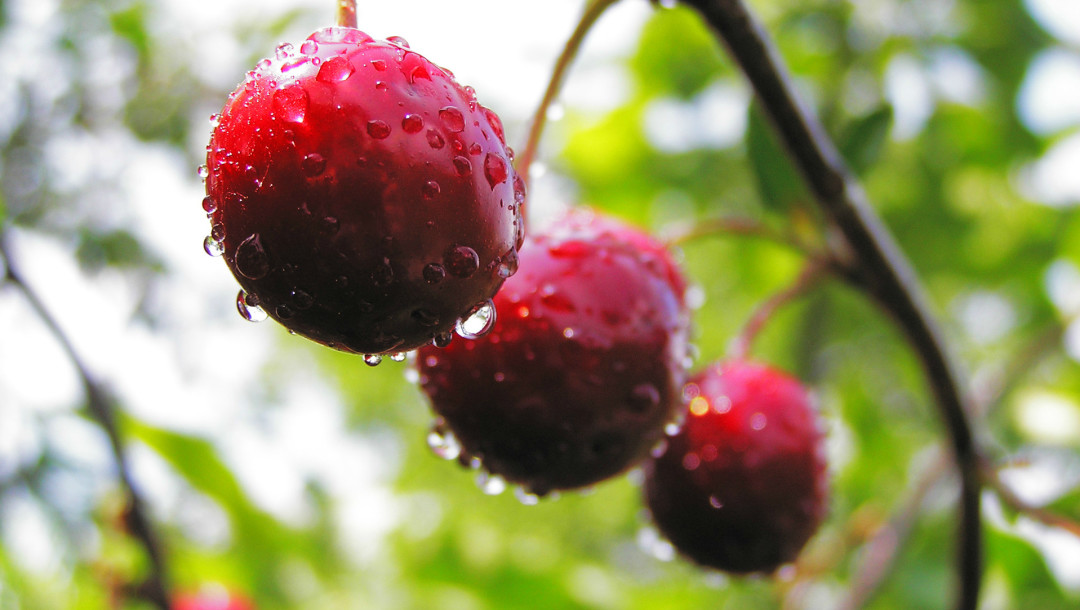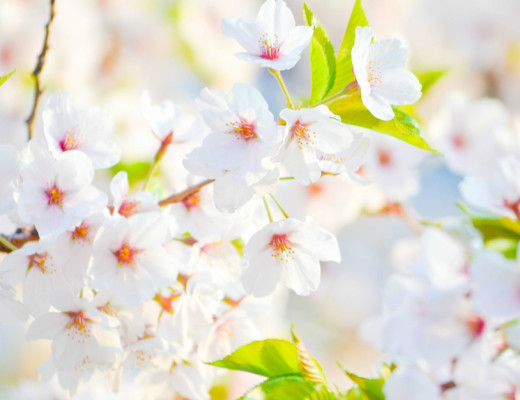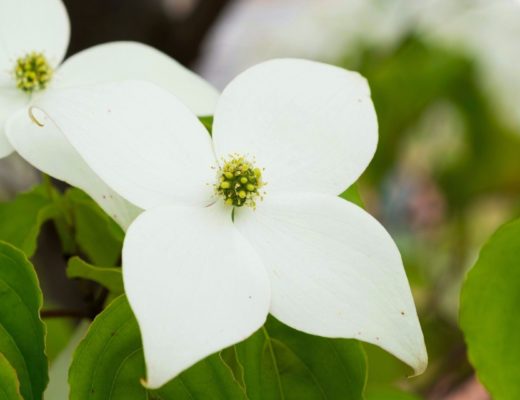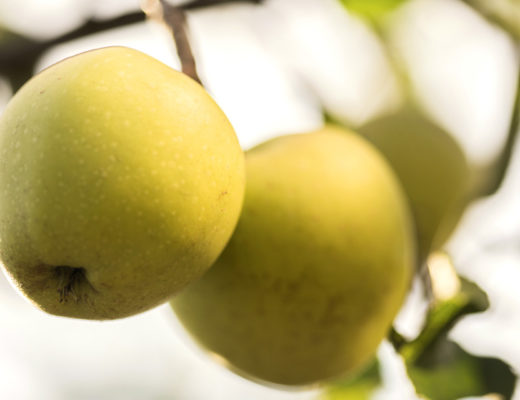Prunus avium ‘Bing’
These sweet cherries originated as the fruit of a wild tree species near the Black Sea. As their popularity grew, they quickly found their way to the tables of Greeks, Romans and Chinese. By the 1600s settlers were bringing this fruit with them to America.
A nurseryman by the name of Henderson Lewelling established an orchard and the first nursery in the Northwest, with more than 18,000 fruit trees and some 60 varieties. He earned a reputation for cultivating new fruit species. However, the Bing cherry wasn’t named after Henderson, it was named after Henderson’s coworker Ah Bing, who first developed the new cherry variety. The cherry became so popular that by 1889 it earned its spot on the fruit list of the American Pomological Society—the oldest fruit organization in North America.
Fast forward more than 100 years later and the Bing cherry still sits as America’s favorite sweet cherry. With more than 1,000 sweet cherry varieties, the Bing continues to top the list in both popularity and production.
Here are a few things to note if you’re considering adding one to your yard.
Environmental Conditions:
- Grows well in sandy and well drained soils, not drought tolerant, drought brings stress (hardiness zones 5-8).
- Medium growing tree, growing up to two feet a year and reaching 12-35 feet at maturity.
- Does best in full sun.
- Not suitable for very cold or very hot areas. Late spring frosts and excessive rain are damaging.
Physical Attributes:
- Early blooming tree, blooms clusters of white, fragrant flowers in the spring.
- Produces large, slightly heart-shaped cherries after five to six years, producing up to 100 pounds of cherries a year. NOTE: will need a pollinator to produce the fruit. Try the Black Tartarian.
- Has a smooth, glossy, reddish bark studded with horizontal stripes.
Tag us in a photo with your Bing cherry tree!




